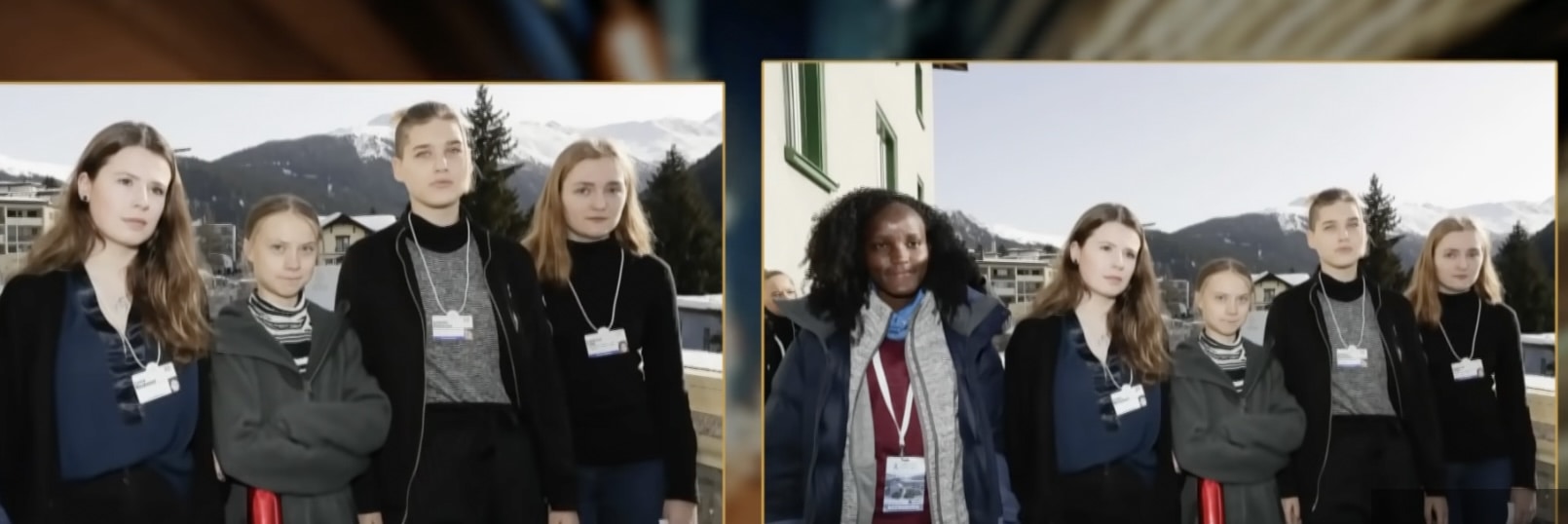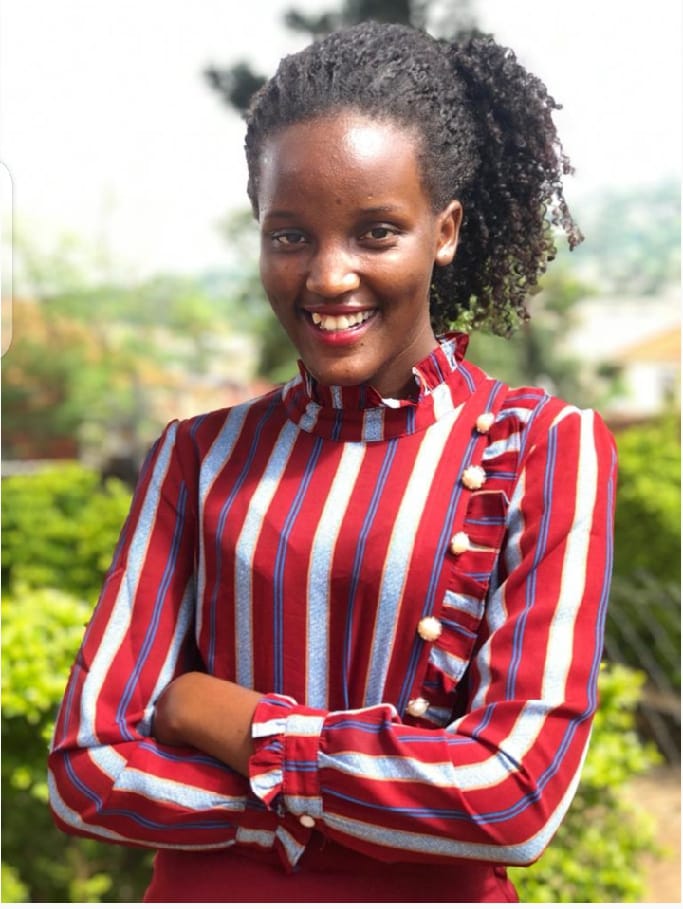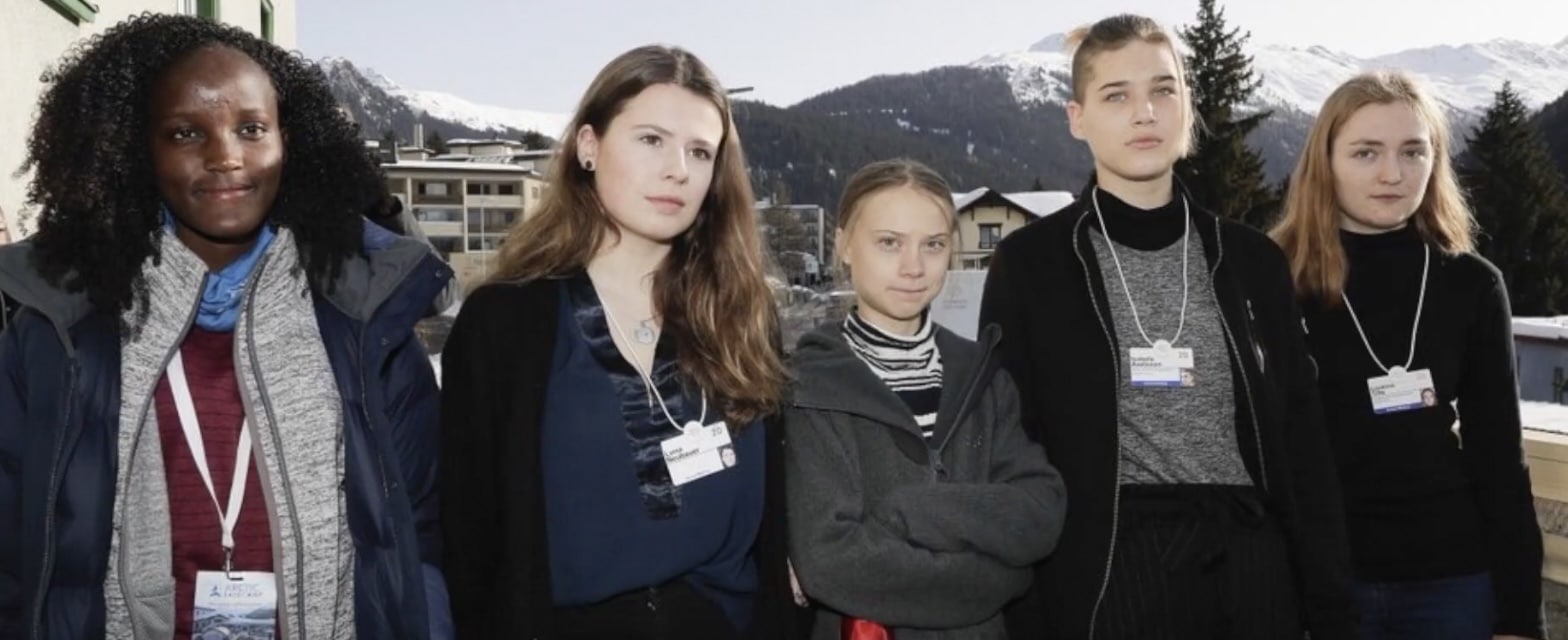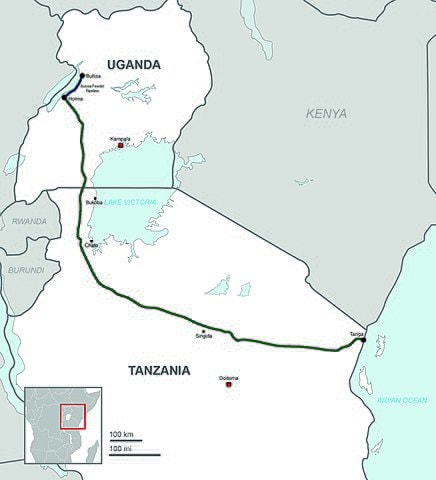When thinking about the climate crisis – or when not thinking about the climate crisis, just minding your business – it can be hard to remember that despite the personalized nature of weather, we all have just the one climate. When people in cold places fire up their furnaces or people in hot places flick on the AC, all greenhouse gases they produce go into our one and only atmosphere. The effects of climate chaos are as variable as weather. Carbon dioxide levels bumped up by my furnace on a cold day may contribute to blazing-hot days and prolonged drought thousands of miles away.
This is especially important to remember when planning actions to fight climate change.
SorryWatch recently read Vanessa Nakate’s book The Bigger Picture: My Fight to Bring a New African Voice to the Climate Crisis, and was reminded of a certain journalistic fiasco Nakate was, unhappily, involved in. This fiasco demonstrated a lack of comprehension – on several levels – about climate chaos and climate action.
Nakate, born and raised in Uganda, began doing climate activism in 2019. She was a studious young person with a business degree, working in her father’s shop and thinking of going for an MBA. But she was increasingly alarmed by the impacts of climate change in Uganda, such as flooding, unprecedented heat waves, and droughts that drastically hurt agriculture and people reliant on their crops. As she told an interviewer later, “Literally, in my county, a lack of rain means starvation and death for the less privileged.”
The example of young activists in other countries inspired her to take part in School Strike for Climate, also called Fridays for Future. No one else in Uganda was doing this. Without telling her parents, she stood outside Parliament with a sign, the first of many signs on the first of many Fridays. This was inspired by Greta Thunberg’s [school strike], which began outside the Swedish Parliament in 2018 “I posted a few photos and videos taken by my brother Paul Christian to my 500 or so followers on social media. When I checked my phone again, I was happy to discover that some friends had liked my posts, and a few had even added supportive comments.” She’d put a Fridays for Future hashtag on her post. She looked again before she went to bed, and saw “Greta Thunberg had retweeted the photos I’d uploaded, and suddenly my post had more than one thousand likes. My past posts had never received more than ten!” By morning, people all over the world were liking and retweeting her posts. “I’d started something. And I knew I couldn’t stop.”
After a few months, more young people joined her on her Friday strikes. She founded the groups Youth for Future Africa and the Rise Up Movement. She spoke at the 2019 United Nations Climate Change Conference (COP25) in Spain.
In 2020, she was one of five of youth activists who attended the World Economic Forum in Davos, Switzerland, invited by a group called Arctic Basecamp. The other activists were Greta Thunberg from Sweden, Isabelle Axelsson from Sweden, Luisa-Marie Neubauer from Germany, and Loukina Tille from Switzerland. They spoke at a press conference, where Nakate was the only African person there.
The activists’ presence was covered by press from many countries, including the Associated Press (AP), which distributes stories to newspapers and broadcasters in many places and is therefore a big deal. They took photos of the young climate activists, lining them up outdoors with buildings and mountains in the background. Then the AP sent out its story and photo – without Nakate. They had cropped her out of the photograph they sent out, and they left her out of the story completely.
“[T]he AP had not only removed my photo but removed me from the list of participants. It hadn’t included a single one of my comments from the press conference where the five of us had spoken. This was deeply ironic, since, at that press conference, in addition to urging the delegates to break out of our comfortable addiction to fossil fuels, I’d asked journalists to reach beyond the comforts of their normal reporting. ‘It is time to report stories from every part of the world,’ I’d said, ‘because people are suffering from every corner of the world.’ Greta, too, had urged the journalists there to direct questions not only to her but also to the rest of us.” (Oh, ha ha, Greta, we know who’s the star here. Tell us about being autistic!)

Comparisons of photos from Davos 2020 with and without Nakate, screen shot from Daily Show with Trevor Noah.
Nakate did not hesitate to point out her erasure. She streamed a ten-minute video that day, asking “Does that mean I have no value as an activist or the people from Africa don’t have any value at all? …We don’t deserve this. Africa is the least emitter of carbons, but we are the most affected by the climate crisis.”
There was an outcry. Other mainstream media turned to the AP and asked them why they handled the story that way, when other news outlets and agencies had managed to include the images and words of all the activists.
The AP’s director of photography said that the photographer had been under time pressure, and had simply cropped Nakate out of the picture on “composition grounds.” There was a building behind her that was distracting!
Nakate didn’t buy it. “[A]side from the fact that the cropped photo still contained two other buildings, the question is, Distracting from what or whom? The Alps in the distance? My four white, European colleagues who were standing in front of the mountains? Or Greta herself?
“No, it was as if someone had determined I was the odd one out, an aberration, and that the photo wasn’t satisfactory if I remained in it, Five of us were standing in a row; but there were two ‘ends” of that row and only one was shortened.”
The Guardian interviewed Robert Bullard, called “the father of environmental justice in the US,” who said that youth climate activism is seen by the larger society as a “white thing.” (You know, a Swedish thing.) “The un-cropped photo didn’t fit the model,” he said.
Nakate mentions an article that came out later that year in the Journal of Sustainability Education. The author, Chelsea McFadden, argued the photo-cropping was an example of white saviorism. “The idea of the white savior is that there are people suffering in the world, which is codified as third world and racialized in the context of climate change, and that the only ones who can fix it are white people.”
What with one thing and another, the AP dropped the distracting building defense. The AP’s executive editor, Sally Buzbee, put out a statement:
“We regret publishing a photo this morning that cropped out Ugandan climate activist Vanessa Nakate, the only person of color in the photo. As a news organization, we care deeply about accurately representing the world that we cover. We train our journalists to be sensitive to issues of inclusion and omission. We have spoken internally with our journalists and we will learn from this error in judgment.”
Buzbee also tweeted an apology to Nakate from her personal Twitter account. The AP discovered they had other photos in which Nakate hadn’t been cropped out, including some from a session at the press conference, in which she was in the middle of the five activists. They released those.
Nakate wasn’t happy with that apology – “I never received a formal message of apology, just a tweet” – and neither are we.
Buzbee and the AP did apologize to Nakate for what they did, but did not show they understood the impact. They almost got to it with “accurately representing the world that we cover,” but “be[ing] sensitive to issues of inclusion and omission” misses the point. This was not merely a matter of whether Nakate was “included,” it was a matter of journalistic correctness. Leaving Nakate’s image and words and name and nation out of the story created an unbalanced story. It was inaccurate. It was wrong.
Nakate writes, “By cropping me out, the AP added to the mistaken belief that… ‘African climate activists were absent from Davos; that Africans weren’t active in the climate change movement; and that there wasn’t a global youth climate movement that included people like me and many others in Africa, Asia, and Latin America.’”
A glance at the Fridays for Future Twitter stream shows posts from youth in African, Asian, and Latin American countries, not to mention MAPA, the Most Affected People and Areas, including island nations. It’s not just Greta Thunberg.
In addition to raising awareness, one issue being addressed by youth in Uganda and Tanzania right now is the East African Crude Oil Pipeline (EACOP). This proposed pipeline would transport fossil fuel from Ugandan oil fields across Uganda and Tanzania, snaking around Lake Victoria, to a port on the Indian Ocean, enabling the fossil fuel to be shipped all over the world to be burned, thus emitting more carbon dioxide and worsening the climate crisis. Construction has begun on the 1,410-kilometer-long (880 miles) pipeline, which will displace a hundred thousand people from small farms. (As someone who has responded to oil spills, Sumac has a particularly visceral horror at the risks to Lake Victoria and the Indian Ocean.)
Principal funding is from France’s TotalEnergies and the China National Offshore Oil Corporation. Recently Nakate, Diana Nabiruma from the Africa Institute for Energy Governance, and Maxwell Atuhura from Tasha Research Institute Africa Limited, met with Pope Francis to ask for his help in stopping EACOP.
Finally, consider this tweeted video in which Nakate politely asks two questions at [a 2022 United Nations Environment Programme (UNEP) meeting. Watch for physical theater, a laugh, and an eloquent response.
Image Credits: Photo: Paul Wamala Ssegujja. Creative Commons Attribution-Share Alike 4.0 International license., Image: Sputink. Creative Commons Attribution-Share Alike 4.0 International license.




I still wish this surprised me…